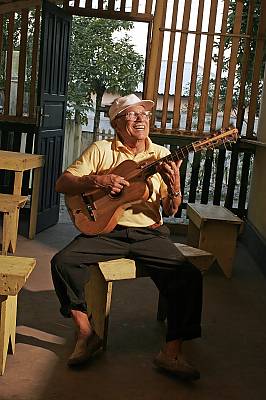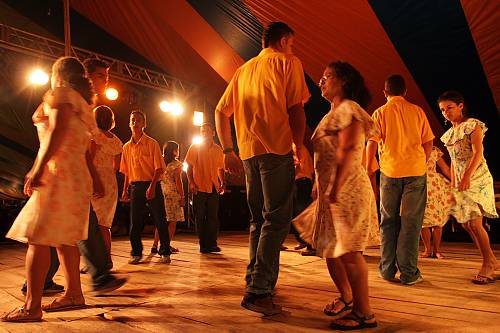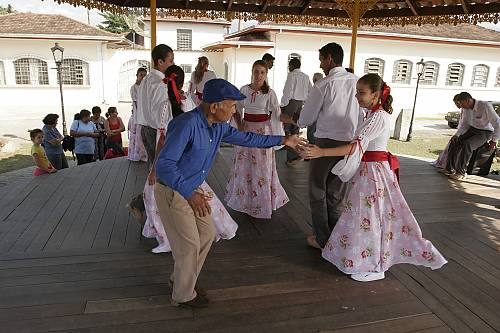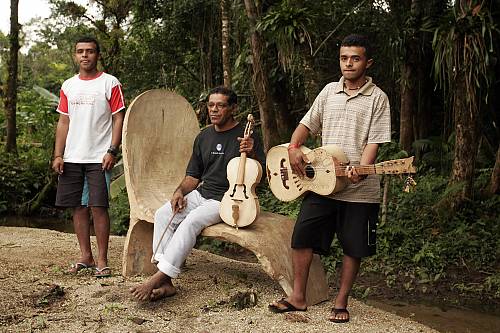Fandango's Living Museum
Selected in 2011 on the Register of Good Safeguarding Practices
Fandango is a popular music and dance expression in coastal communities in southern and south-eastern Brazil. Fandango songs are called modas and are played with handmade instruments – viola, fiddle and frame drum. Traditionally, fandangos were offered as payment for collective activities, such as planting, harvesting and fishing. However, a decline in collective work has led to fandango losing its prestige and sense of identity: many representatives have died and new generations are indifferent to it. Fandango’s Living Museum was conceived to promote safeguarding actions for fandango as an important part of their cultural heritage. The initiative came from a non-governmental organization, Caburé Cultural Association. Approximately 300 local practitioners or fandangueiros have participated to create an open-air community museum and a circuit of visiting and exchanging experience, which includes houses of fandangueiros and musical instrument makers, cultural and research centres, and places for selling local handicrafts. The museum has promoted awareness-raising by organizing local performances, running workshops in partnership with schoolteachers, publishing books and CDs, creating a website, and making bibliographic and audiovisual collections available. The model is based on cooperation, and can be adapted for other cultural expressions and similar regional contexts, taking into account their local characteristics.










